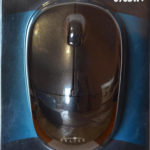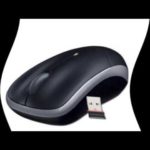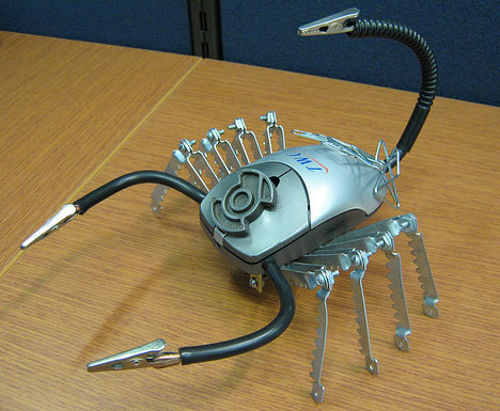How to set up a mouse
Nowadays, every user has a PC. The personal computer is controlled mainly using the mouse. There are many types of computer mice. They are mainly classified according to their design. And according to the method of data transmission.
The content of the article
What are there
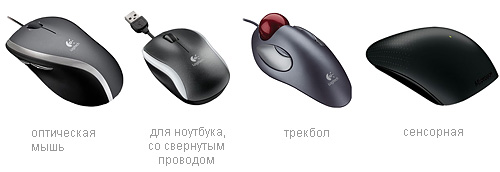
According to the design of the device, there are the following types:
Mechanical\ball. An outdated type of mouse that is not currently used due to its unreliable design and inconvenient operation, since this type of mouse did not work without a special mat, and they also need to be cleaned regularly.
Optical LED. This type of device has become widespread due to its simplicity of design and reliability. The operating principle of such devices is the joint operation of an LED and a sensor, which “photograph” the surface, and then the microprocessor processes the received data and sends it to a Windows PC.
Optical laser. The operating principle of these devices is exactly the same as that of optical LED mice. However, the speed of receiving and processing information is much higher due to the fact that a laser is used instead of an LED.
Trackball mouse. These devices are similar in design to a ball mouse, but in this case the ball is not in the center, but on the side.For the normal functioning of such a device, a special mat is required.
Induction. The design of these devices implies the presence of a tablet, which is used instead of a rug. The tablet itself is connected to a PC, and information about the movement of the device on the surface comes from the tablet. Using the mouse separately is not possible.
Gyroscopic. Information about the movement of this device is generated using a gyroscope. Built into the design. This is a way to determine location. Allows you to control the mouse not only on a flat surface, but also in the air.
Setting up the mouse after installation. In setting up the device, the method of transmitting information that is used on this equipment also plays an important role. There are several types of data transfer methods on mice:
Regular wired mice. The most common devices, transmission and power are carried out via a USB cable or via the PS/2 port.
Reference! PS/2 is a fairly old connector, which is a six-pin connection. This format is considered obsolete and is almost never used. Instead of PS/2, regular USB ports are used everywhere.
RF controlled miceAnd. These devices come complete with a radio frequency receiver. Information on the PC arrives wirelessly from the transmitter on the mouse itself to the receiver, which is usually connected to a USB port. The device is powered using rechargeable batteries or regular AAA batteries.
Bluetooth mouse. A wireless mouse that transmits information via a Bluetooth channel on a laptop.The connection is configured separately and requires a special built-in module or additional equipment on the PC. The power source is rechargeable batteries or batteries
Wi-Fi mouse. This device provides a connection via Wi-Fi channel. For full operation, you need a high-speed Wi-Fi connection, as well as a built-in or external module on your PC. Power is supplied by a rechargeable battery or batteries.
Usually the operating system itself selects drivers and configures the device, but this may not happen. And if automatic configuration does not start, you will have to change the configurations on the device yourself.
To go to settings you need to open “Start” - “Control Panel” - “Mouse”. In the menu that opens, you can make most of the standard settings.
How to configure the assignment of the left and right buttons:
The first step in changing settings is reassigning RMB and LMB. By default, the left button is responsible for selecting (one click) and opening folders and applications (two clicks). The right one is responsible for opening the context menu and properties in a folder or application.
If the user is left-handed, he will be much more comfortable using a mouse with modified buttons. Where the right one will perform the functions of LMB, and the left one will function as RMB. Since the design of this device is basically mirrored, left-handers should not experience any discomfort when using the device.
Customizing the mouse through "accessibility"
In order to make it easier to use the mouse with limited capabilities, there are separate settings options.
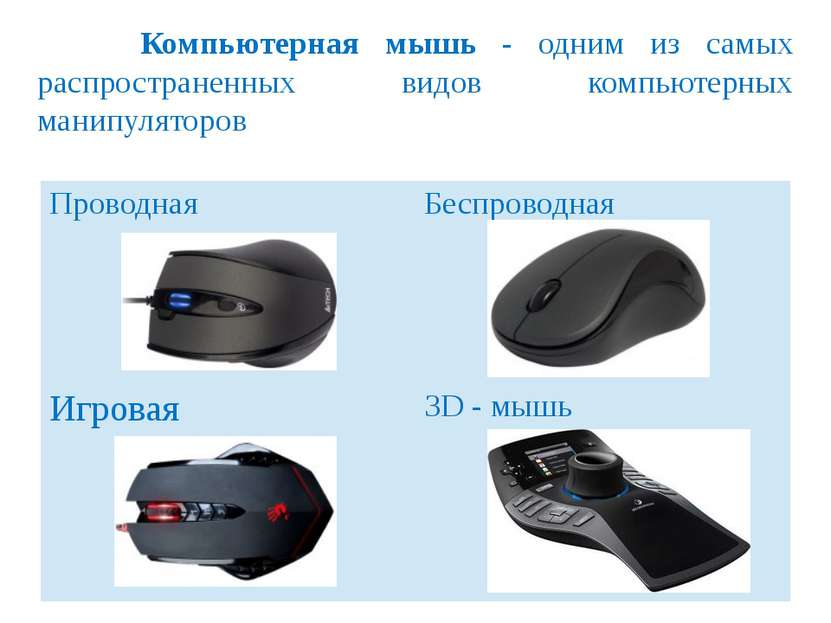 To call them, you need to press the Win+U combination. This will open the “special features” menu. In it you need to select the sub-item “Simplifying the use of the mouse”.
To call them, you need to press the Win+U combination. This will open the “special features” menu. In it you need to select the sub-item “Simplifying the use of the mouse”.
In the settings that open, you can change the following parameters:
- Pointer size and color.
- There are signs by size: small, medium and large.
- By color: white, black and inverse.
Reference! Inverse cursors change their color depending on the background. On a dark image the pointer will be white, on a light background it will be black.
- Ability to enable cursor control using the keyboard. This function allows you to control the pointer using the keys. This is simply a necessary feature. If the mouse is faulty or it is not possible to control two devices simultaneously.
- Simplified window management.
In this sub-item it is possible to always activate a window when you hover over it, and disable the ordering of windows at the borders of the screen.
Default Mouse Setting:
- In standard settings you can also configure the following parameters:
- In the "Pointer Options" tab:
- Setting the speed of cursor movement. This parameter controls the sensitivity of the mouse.
Attention! The optimal value of this parameter will be when, when moving the mouse from one edge of the mouse pad to the other, the cursor moves from one to the other edge of the screen.
Also in “Pointer Options” you can configure the cursor trail and pointer location marks when holding CTRL.
In the “Wheel” tab, you can adjust the sensitivity of the mouse wheel. Here you can adjust the scroll sensitivity by setting the option in the selected window.
In the “Mouse Buttons” tab, in addition to setting RMB and LMB, you can adjust the double-click speed and turn on/off sticking.
Reference! You can also enable/disable the double click feature. To do this, just open “Start” - “Control Panel” - “Folder Options”.
In the menu that opens, you can set the single-click function (when the folder is opened with one click and selected by hovering the cursor) or double-click (the folder is selected by pressing LMB and opened by double-clicking).
The mouse settings are lost. If the mouse settings are lost, and this happens mainly when the battery on the device is disconnected, you should open the settings menu and adjust the parameters.
What to do if the settings are lost
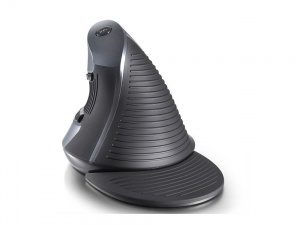 If the settings are lost and the computer does not respond to the device at all, you need to open “Start” - “Control Panel” - “Devices and Printers”. In the list that opens, you need to select the required mouse model and delete it. After this, you need to restart your PC.
If the settings are lost and the computer does not respond to the device at all, you need to open “Start” - “Control Panel” - “Devices and Printers”. In the list that opens, you need to select the required mouse model and delete it. After this, you need to restart your PC.
The device should reappear after you turn on the computer and you can begin setting it up.
Attention! If the model does not appear after rebooting, check the connection. If the mouse is wired, then you should pay attention to the cable and connectors.
If the device is connected via Bluetooth, you should restart the Bluetooth module on both devices. For an RF mouse, the receiver must be removed from the USB port and plugged in again. If automatic setup does not start after this, the device may be turned off or malfunctioning.
To check the functionality of the mouse. Just connect it to another computer. If on another PC the device functions normally, then the problem is not with the mouse.
What kind of mouse settings are there?
Mouse settings include: cursor sensitivity, double-click speed, and wheel sensitivity. Also among the non-adjustable parameters, it is worth highlighting the response speed, frequency of information exchange and sensitivity.Special services allow you to measure more accurate parameters.

